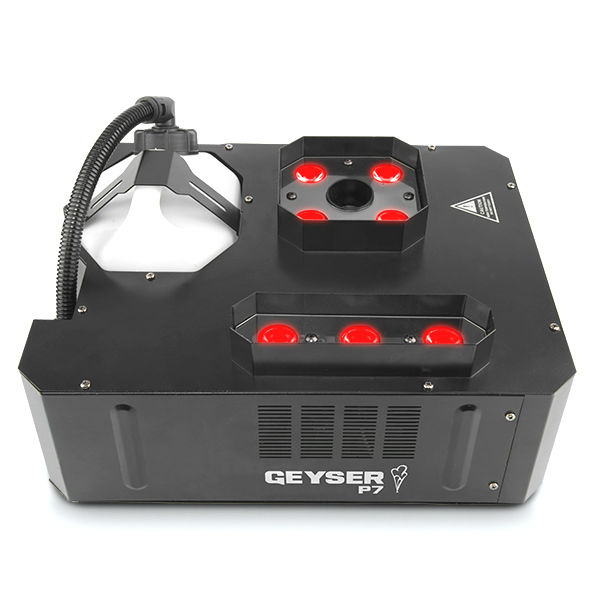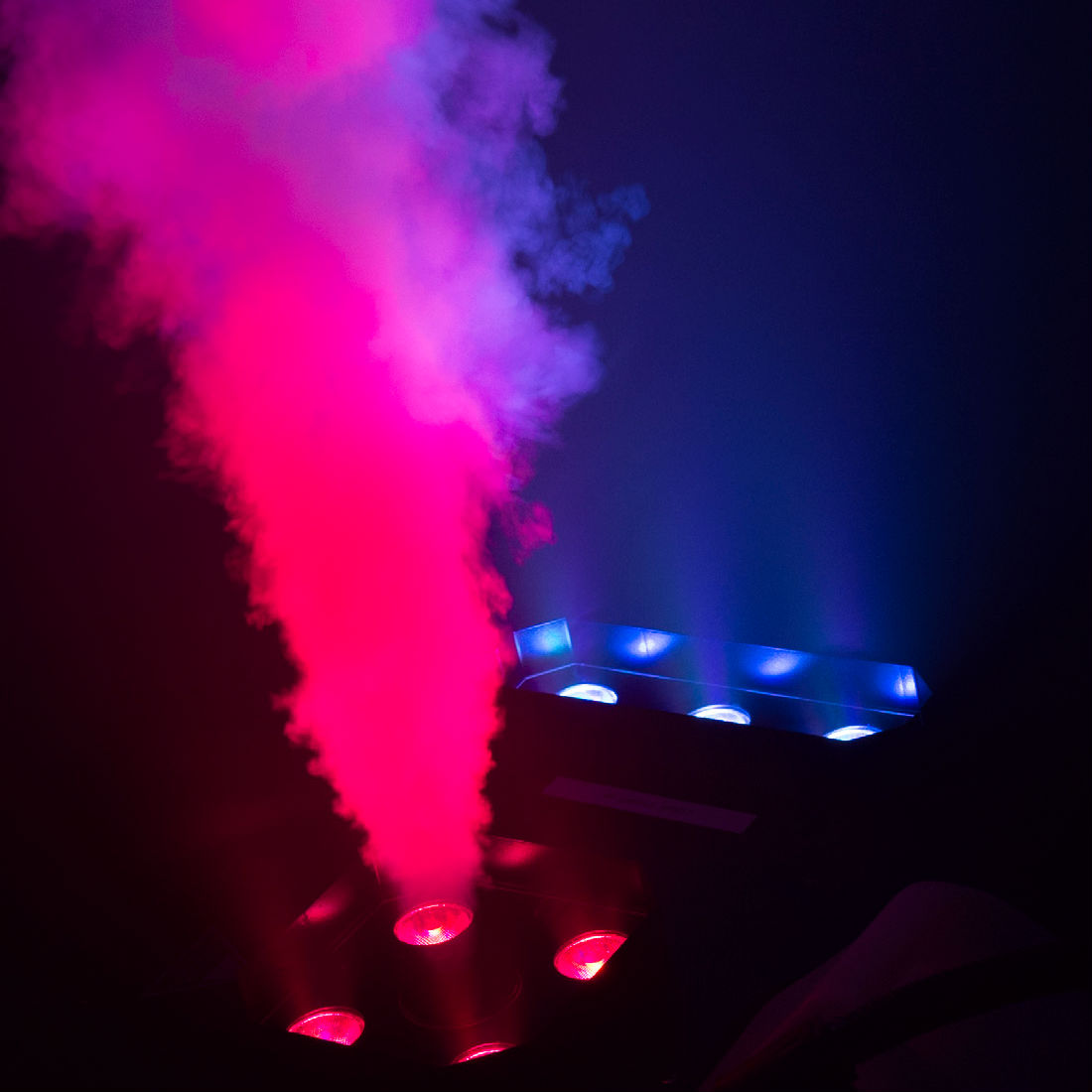Crash Course In Lighting: Design
What do you think of when you think about lighting? Often, when I speak to non-designers, they talk about lighting design as if it were an arcane and mystical art. It doesn't have to be.
At the most basic level, all design can be expressed in one phrase design is making choices. For example, when a carpenter sets out to make a new chair, he has in mind a set of functions a chair can serve (provide a place to sit, be comfortable, be pleasing to the eye) as well as a set of components he can use (legs, seat, and back). During design process, he chooses components to serve those functions. His decisions will be affected by which functions he feels are important, and which less so. We can judge the effectiveness of the chair's design by how well it fulfills those functions.
Similarly, when a lighting designer sets out to design lighting for a theatrical production, haunted attraction, or nightclub, he has a set of functions that lighting serves and a choice of components to meet those functions. This week, I'd like to take a look at the functions of light in entertainment.
The first and most important function of light is to provide illumination. While this may seem painfully obvious now, it can be easy to forget when one is confronted with a huge selection of lighting fixtures. A lighting design that doesn't provide illumination is like a chair without a seat; no matter how pretty it may be, it is still basically useless.
Another function that light serves is to define space. This is most obvious in theatre, where the stage is brightly lit and the auditorium is darkened. More subtly, a lighting designer can give the impression of two separate locations on stage at the same time, simply by isolating them in separate pools of light.
Using light to define space is also useful outside of the theater. In a nightclub, for example, the dance floor is usually brightly and colorfully lit, while the tables are isolated in their own separate "islands" of light. In a haunted house, the creepy exhibits are brightly lit, while the patrons wander in the dark.
Lighting can also establish or enhance a mood. Strong, white, overhead lighting can suggest a serious, workplace or institutional mood. Bright, colorful lights create a festive, party atmosphere. Dim lighting, or light in unnatural colors and from unusual directions is always great for a spooky effect.
Establishing mood is often confusing for a beginning designer. A good way to find the appropriate lighting for the mood you want to establish is to look at pictures that evoke a similar mood. Look at the light that the artist chose for that picture. Is the light bright or dim? Is the entire scene lit, or are different elements set apart from each other? Did the artist use deep, saturated colors, or lighter tints? Professional designers analyze everything they see, building up a mental "catalog" to call upon in their work.
Every time you decide where to put a light, you are making a design decision. Whether you're aware of it or not, that light will serve all of the above functions. But, just as a carpenter who knows what he wants to achieve will create a better chair, you can create a more effective lighting design by giving some thought to what you want to get out of your light.
*********************************************
Theatre Effects Customer Service Department
service@theatrefx.com
www.theatrefx.com
Theatre Effects, 1810 Airport Exchange Blvd. #400, Erlanger, KY 41018
Phone: 1-800-791-7646 or 513-772-7646 Fax: 513-772-3579









